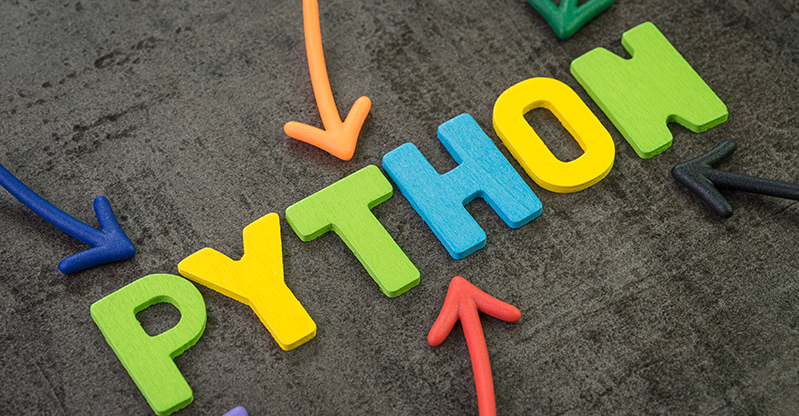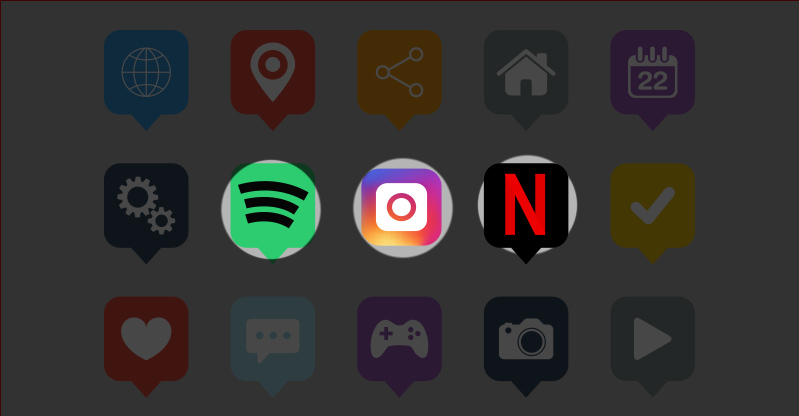For some parents who are not fully aware of the numerous programming languages available, the name Python might sound weird and distant. That is why, we’d like to explain a little bit more about what kids can do when learning how to code with Python, and why we think it is a great programming language for both young children and teens.
As we have repeatedly said, there are over 700 programming languages, some of them have great complexity, and some others like Blockly, which is a visual programming language with a drag & drop technology, are more friendly for starters and beginners.
At this opportunity, we’d like to talk about another hidden gem from the programming languages garden: Python. Although some people might consider it an option for experienced programmers with several years in the field, we are sure that kids who learn it at an early stage are going to both strengthen their 21st-century skills much faster, and are going to be able to create even more outstanding things.
But, why is Python perfect for beginners, and what can your children create with this unique programming language? Let’s cut to the chase and let’s discover, together, the answers to these questions.

Python is perfect for beginners
The hardest element of coding designed for beginners is understanding brand new information and concepts. The majority of computer languages require a lot of reading material education prior to the part programmers actually enjoy.
Most beginners, in particular the youngest members of the family, easily become overwhelmed and disappointed within a short interlude of time when the previously mentioned things happen. When a lot of time passes, they are unable to find interest and they build up an aversion towards programming before they even begin writing the actual code.
As opposed to other common programming languages, Python’s language structure is concise and can be effortlessly read by “normal people” like us.
It reflects human verbal communication much better than any other programming language, which makes it a perfect language for beginners. Unlike many other programming languages, it simply makes sense.
As starters, children will rapidly pick up the fundamentals and find out how to make use of this programming language to become game developers or animators.

What can your kids do with Python?
Besides developing a game, or working with animation, which are great activities to boost your children’s skills, there are several things they will be able to do by using the Python programming language.
In this article, we are going to show you three of them. And these specific ones are going to offer them a promising career in the near future, just in case they decide this is something they are truly passionate about. Have you heard about data science and automated processes? Well, let us tell you a bit more about all the magnificent things your own kids could create and build if they only learn how to program with Python. Here we go!
Data Science
Data science is an interdisciplinary subject that uses scientific strategies, processes, algorithms and frameworks to take out information and insights from numerous structural and shapeless data. Data science is connected to data mining, machine learning and big data.
In simple words, it is the science of extracting meaningful and important information from huge amounts of data. Tech companies all over the world have extensive data science departments, investing tons of hours to comprehend data, what their users or customers want, and what their expected behavior is.
Data scientists are people who actually love statistics, but at the same time, have a special ability to understand that behind the screen there is always someone who has motivations and reasons that make them act in one way or another.
To do an excellent job within the data science field, Python is a must.
Web Development
Oh, the world wide web! Having a website is a must in today’s world. Your children could create outstanding websites if they learn how to program using the programming language Python.
But, don’t you believe that your kids will create simple websites with this rich programming language. Some of the websites that have been created using Python are Instagram, Spotify, Netflix, Uber, and even the giant of giants: Google.
Can you imagine your children working in one of these companies? Or even better, can you imagine your kids becoming entrepreneurs and creating the next huge thing we are all going to have? Well, Python can make their pathway to success a tiny bit smoother.
Automation processes
Do you know what an “automation tool” is? Automation is the technological innovation by which a process or course of action is performed with the smallest possible human support.
For example, when you use a tool to send thousands of emails at the same time to promote either your brand or your products, you are using an automation tool. Why? Because you don’t have to send each email one by one, but rather enter all the necessary information and let the automation tool do it for you.
There are multiple automation tools available to turn complicated processes into fast ones. But whatever exists today is less relevant in our eyes… What we definitely want to see is the automation tools your kids are going to create.
Where are your kids going to see the blank to be completed? What ideas are they going to come up with? The future is just around the corner, and Python is what they need to achieve these innovation goals.

Your children can learn Python today!
In the live, online coding courses offered by Tekkie Uni, your children can become the best version of themselves. They can learn how to code in an open and safe environment that will enable them to experience hands-on learning and to rapidly increase their self-esteem and self-confidence levels.
Because it is not only about coding, it is about believing – truly believing – that anything is possible, and that with the right tools, your children can turn any of their dreams into praiseworthy realities.




